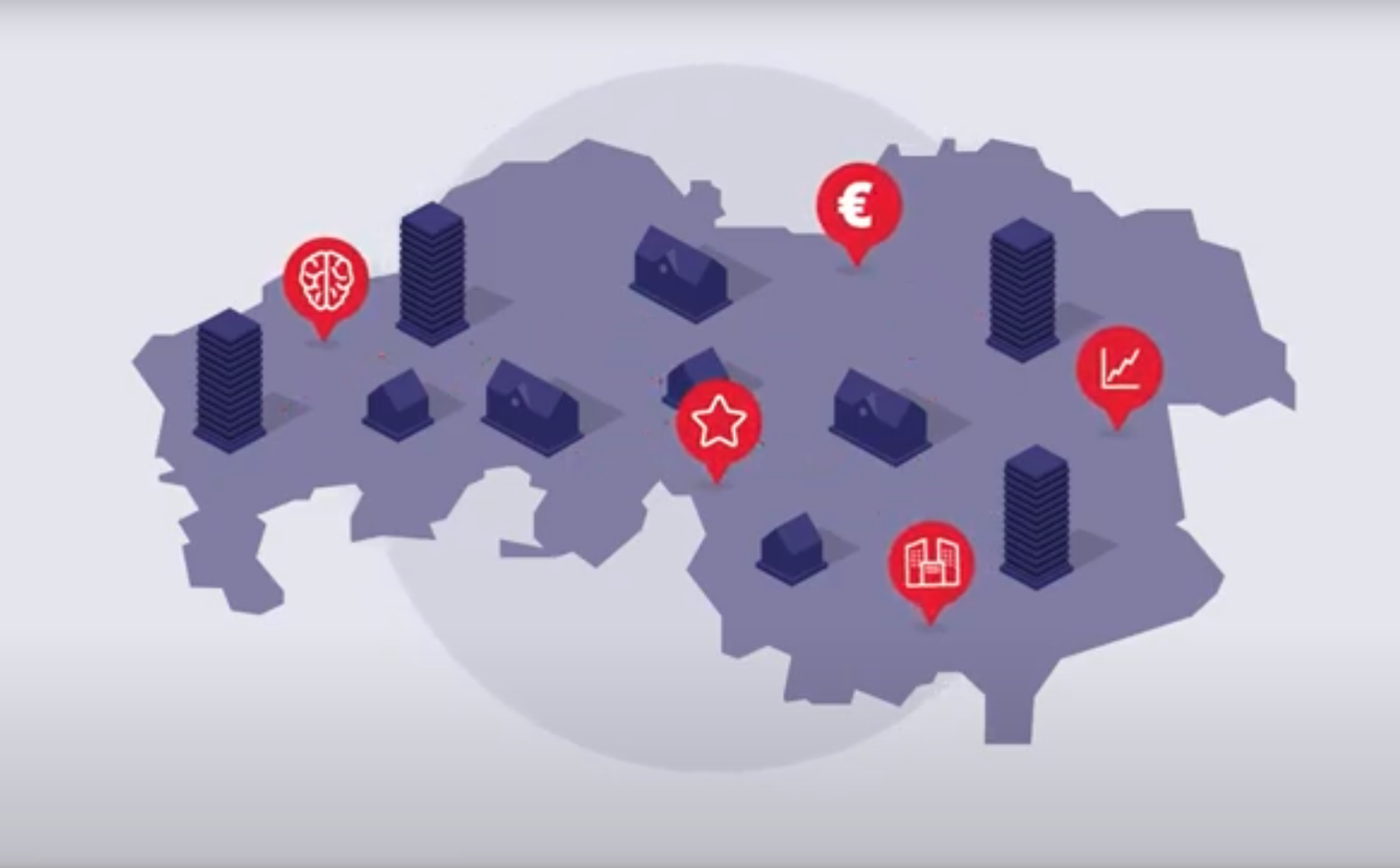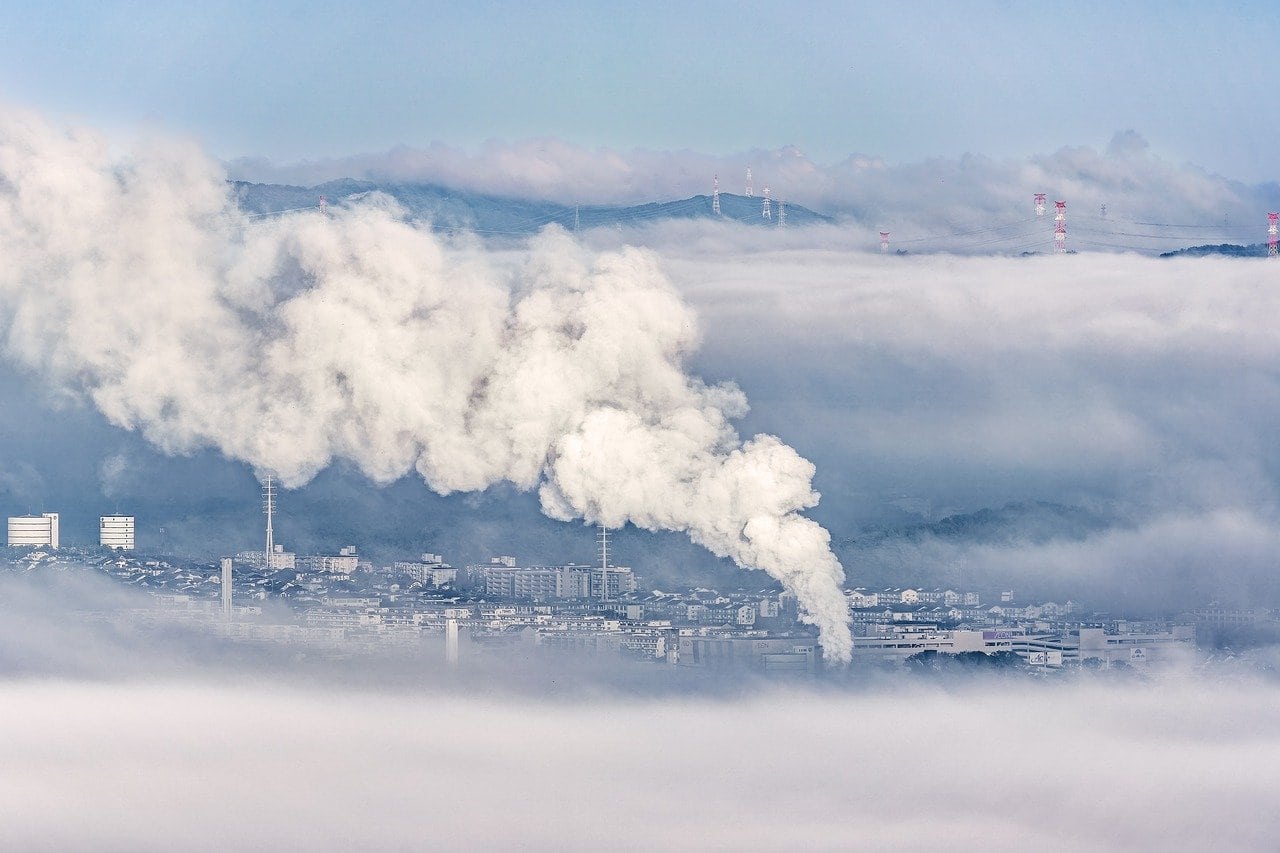
Patents for low-carbon energy technology grew by 3.3% per year between 2017 and 2019, but this is only a quarter of the average annual growth rate of a decade ago. According to a report published today by the European Patent Office (EPO) and the International Energy Agency (IEA), this means that there is an urgent need to invest in clean technology in order to meet the climate targets. The EPO is the world’s leading authority on patent information and patent research.
The Netherlands is making a significant contribution to innovation where clean energy technologies are concerned. Based on the number of patent applications in the period from 2000 to 2019 related to low-carbon energy technologies, the Netherlands ranks 5th in Europe and 11th in the world. “But to reach net zero by 2050, almost half of the emission reductions will have to come from technologies that are not yet on the market,” warns Fatih Birol, executive director of the International Energy Agency. “This means huge leaps need to be made in innovation.”
Electric vehicles
The report ‘Patents and the energy transition: global trends in clean energy technology innovation‘ examines international patent families (IPFs) on low-carbon energy inventions and divides them up into regions and industry sectors. The main driver of innovation is the growth in electric vehicles. The report concludes that this is mainly due to developments in rechargeable lithium-ion batteries.
With the exception of a decline in 2014-2016, the number of global patents concerning low-carbon energy technologies has increased over the past two decades. This contrasts with a decline in the number of fossil fuel patents since 2015 (withan annual average – 6.9 percent since 2017). However, the average annual growth rate of low-carbon energy patents (+3.3 percent since 2017) has declined from the +12.5 percent seen in 2000-2013. According to the EPO, the figures show that coordinated policy measures and further innovation in the field of low-carbon energy are needed to accelerate the provision of technologies and lower costs.
‘A challenge of immense magnitude’
“The energy transition that is needed to curb climate change is a challenge of immense magnitude and complexity,” EPO President António Campinos stated. “This report is a clear call to action to intensify research and innovation in new low-carbon energy technologies and improve existing technologies. While it highlights some encouraging trends across countries and industry sectors, including in transversal technology, it also underlines the need to further accelerate innovation in clean energy technologies – some of which are only just beginning to emerge.”
In terms of relative technological advantages, the Netherlands is predominately highly specialized in the areas of bioenergy, carbon capture, agriculture, buildings, and chemicals and oil. The leading Dutch companies filing low-carbon emission patents in 2000-2019 included Airbus (2,243 international patent families), Philips (1,865), NXP (440), STMicroelectronics (352) and DSM (250).
The study shows that since 2000, European companies and research institutions have led the way in patenting low-carbon energy inventions, with 28 percent (12 percent for Germany alone). Japanese applicants follow with 25 percent, the U.S. with 20 percent, South Korea, 10 percent and then China, 8 percent.
Japan in the lead with electric vehicles
While Europe ranks 1st across most renewable energy areas and is particularly strong in some end-use sectors, such as the railways and aviation, Japan leads in electric vehicles, batteries and hydrogen technology. The U.S. has a technological lead in aviation, biofuels and carbon capture. Whereas South Korea’s main strengths are in batteries, PV technology and energy efficiency in industrial manufacturing and the ICT sector. China also specializes in ICT.
Read the summary here or download the full study.
Read more IO articles about patents here.







